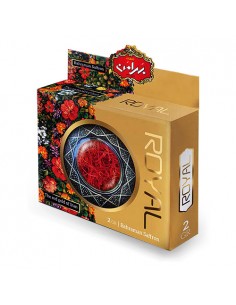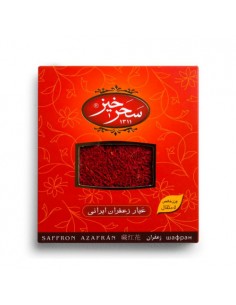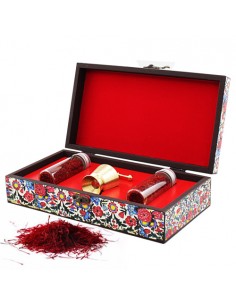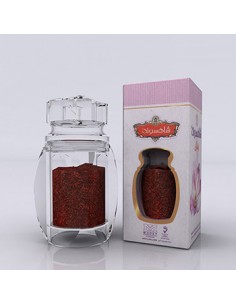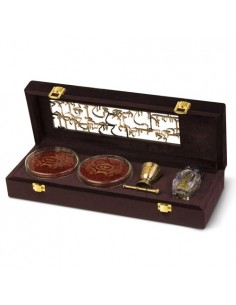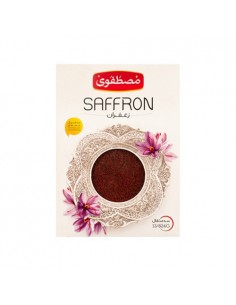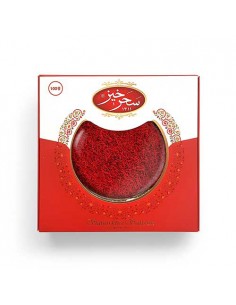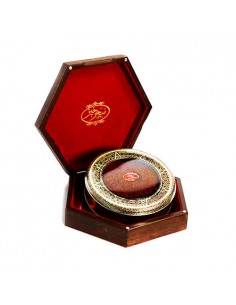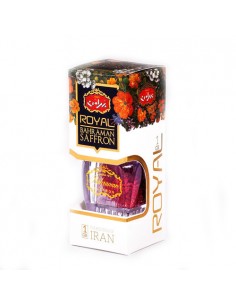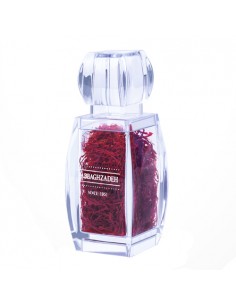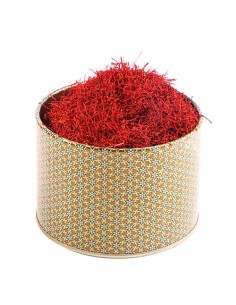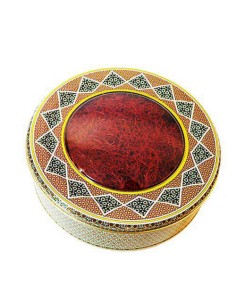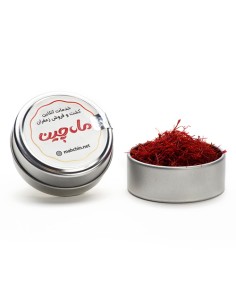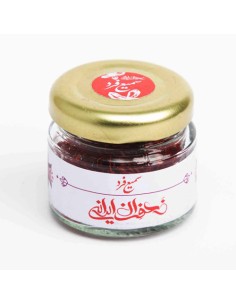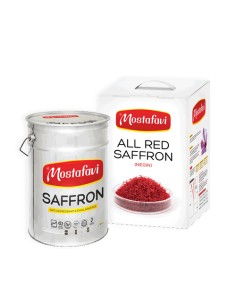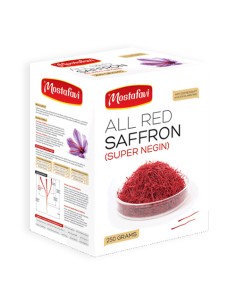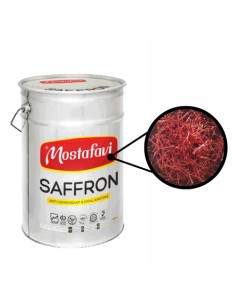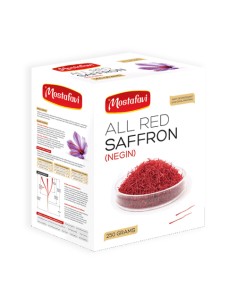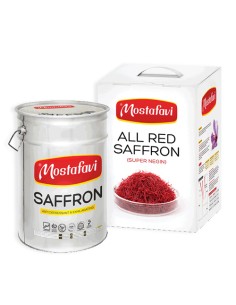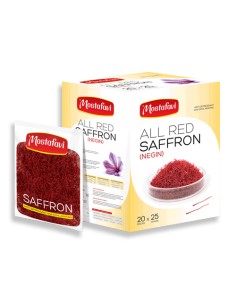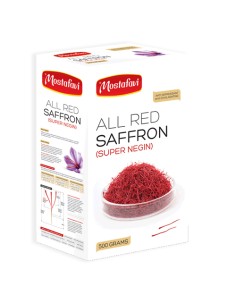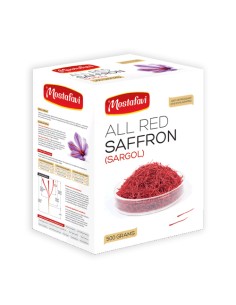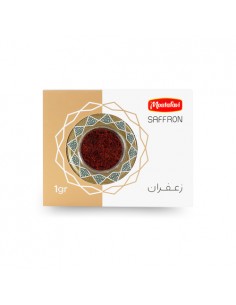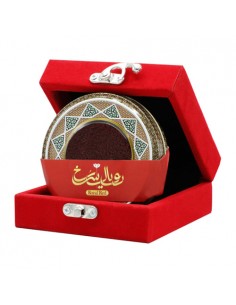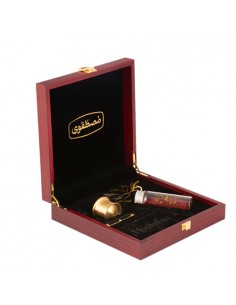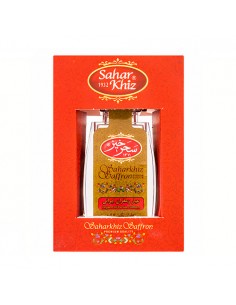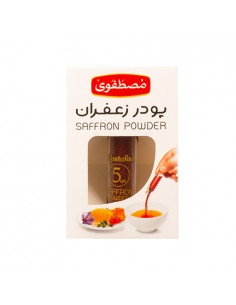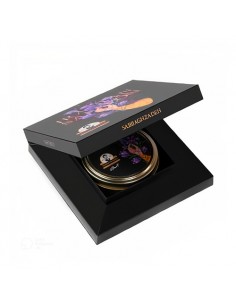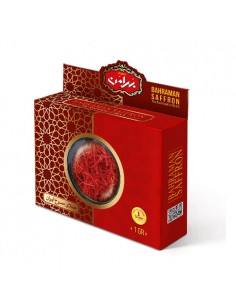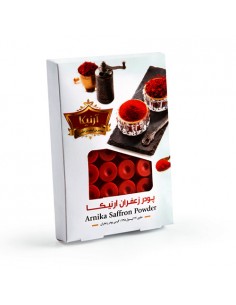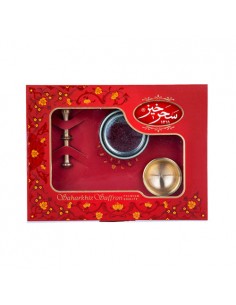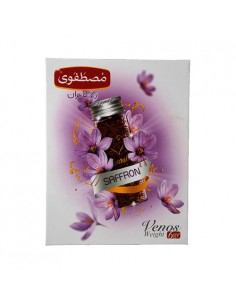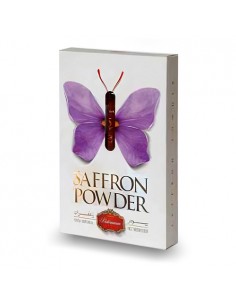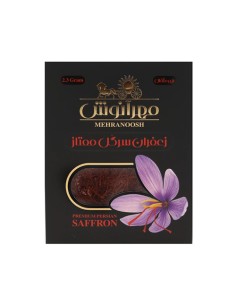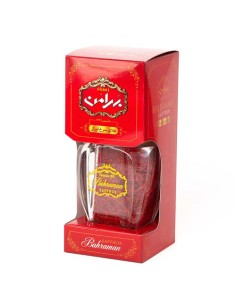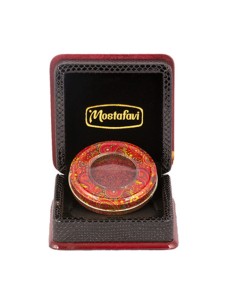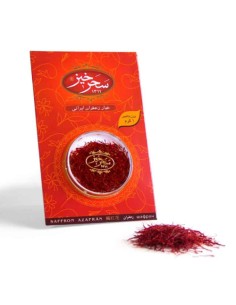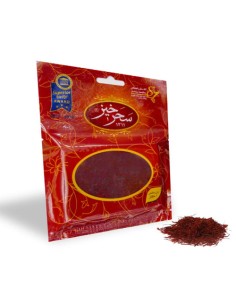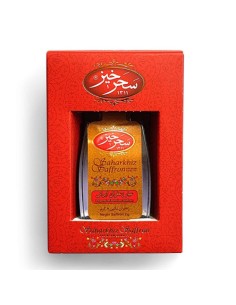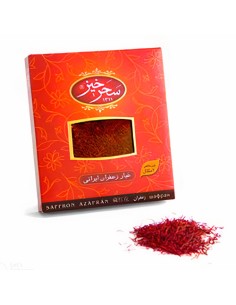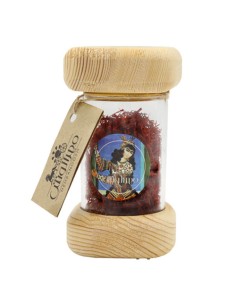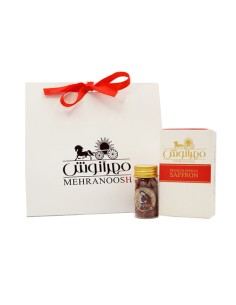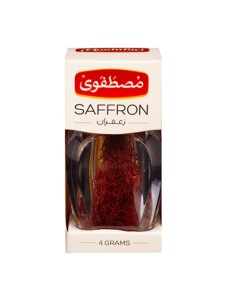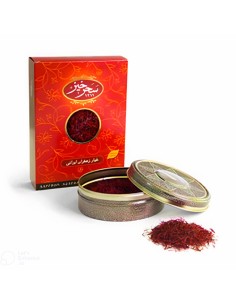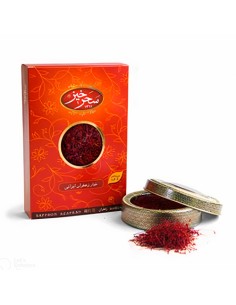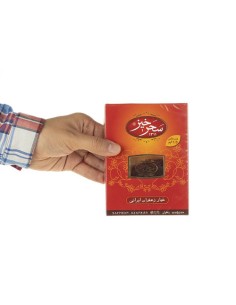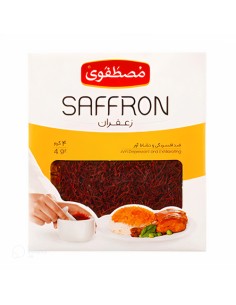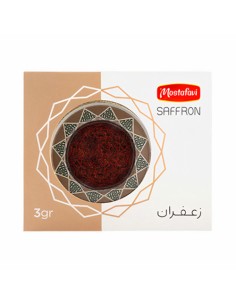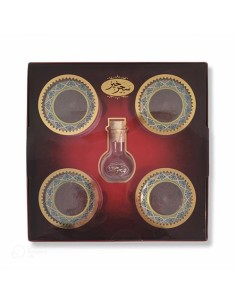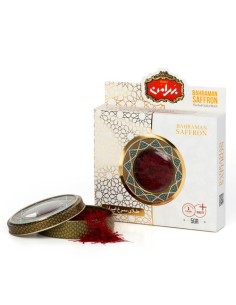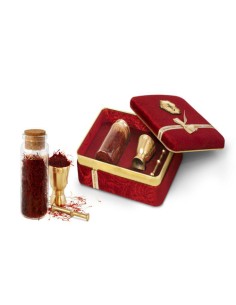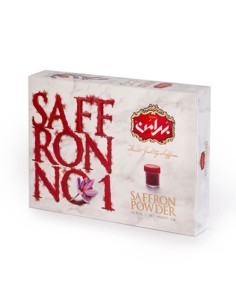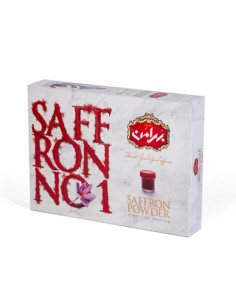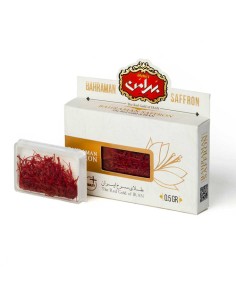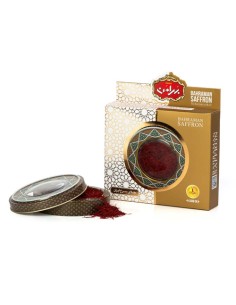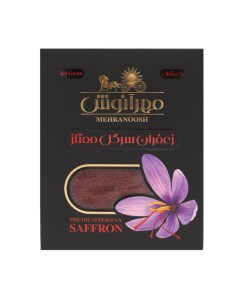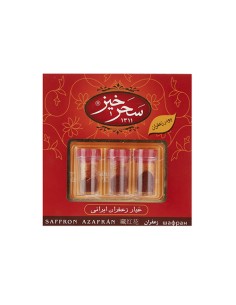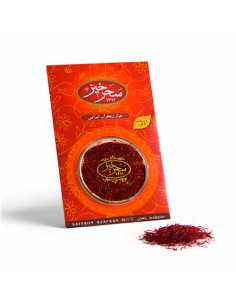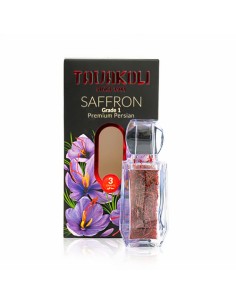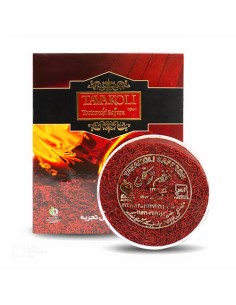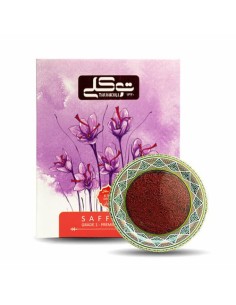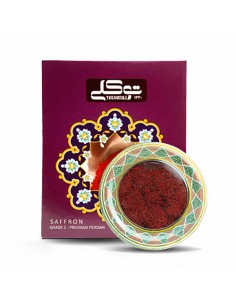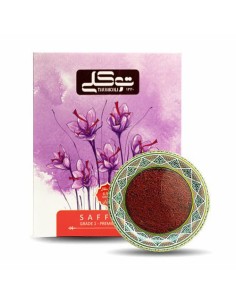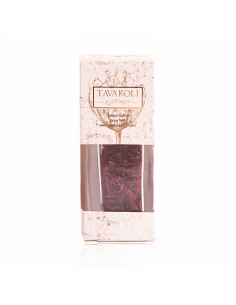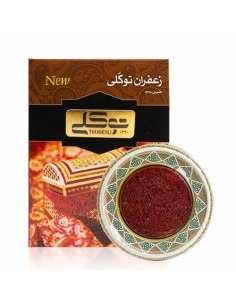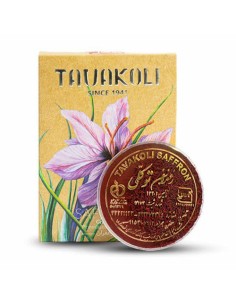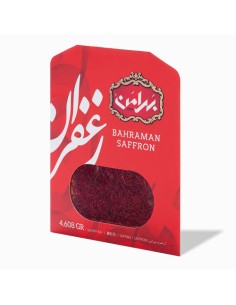Saffron
Saffron is known as the "golden spice" globally. Many people who read this article are familiar with Saffron and saffron powder. Still, we will explain everything about the Crocus sativus or Saffron plant for those unfamiliar with this plant, full of aroma, taste, and properties. This spice has an earthy and subtle flavor. People love its beautiful color, unique taste, wonderful aroma, and many health advantages. Saffron color and aroma can make the food look twice as awesome. But why is saffron spice so special, what affects its price, What exactly does Saffron taste like, and how to determine its quality?
Saffron Review, Select, and Buying Guide
In this article, we shall embark on a journey through the captivating history and cultural significance of Saffron, probe the elements dictating its price, comprehend its grading and quality, analyze the global saffron market, and encounter the role it plays in Iranian pastries and food. We shall also equip you with crucial insights for purchasing and preserving saffron. By the time you reach the end of this narrative, you will be amazed at Saffron's inherent worth and understand why every cent spent on this golden spice is worth it.
How to Identify Premium Saffron from Fake?
Have you ever been curious about how to identify the original Saffron? Many people need to know the differences between grade A and fake Saffron, but knowing the difference is essential to getting the best quality product. Knowing what to look for when buying saffron guarantees you the real deal. Fortunately, there are some simple ways to tell if your Saffron is genuine.
We'll cover everything from recognizing premium saffron by sight and smell to tips for avoiding fake products. By following these guidelines, you can ensure that your purchase of Saffron is genuine and of high quality.
1. Taste of Saffron
The first way to spot fake Saffron is to place a saffron thread in your mouth. Saffron looks sweet but tastes bitter. If the saffron tastes sweet, it's either low quality or fake Saffron.
2. The Fingers Test for Premium Saffron
Rub a few saffron threads placed in cold water with your fingers. Premium Saffron won't break apart and turn into dust. In comparison, fake Saffron will break apart when you rub it.
3. Smelling the Saffron
Smelling Saffron is another way of spotting fake Saffron. The smell of pure threads reminds you of honey and hay aroma. If the Saffron smells like a chemical, it is fake.
4. Color Release In Cold Water
Put the threads in a small container of tepid water. Wait at least 15 minutes. Premium Saffron slowly turns the water yellow. The color change may take up to an hour. The saffron threads themselves retain their red color. On the other hand, if the water changes color immediately or turns red or the threads do not retain their color, the substance is not Saffron. It is then "Fake Saffron" and is a sign of impurity.

Cyrus Crafts; Luxury & Unique Products
Saffron Price
Crocus sativus is a valuable plant that can be used in various ways and provides numerous benefits. The saffron plant develops into a small, purple, and delicate blossom with three red stigmas (saffron threads). In the center of these beautiful flowers are the colorful and fragrant saffron used in many foods and beverages! Saffron color can make the food look twice as awesome.
It is worth noting that because the Crocus sativus cannot grow in large numbers or bushes and is very delicate, it is difficult to cultivate and harvest, which accounts for its high value and price. However, its high value is due to other factors as well. It has three valuable substances that distinguish it from other plants and spices: crocin (coloring pigment), picrocrocin (flavoring pigment), and safranal (aroma pigment).
The value of Saffron is grounded in its meticulous cultivation process and the labor-intensive technique of harvesting the precious stigmas from the Crocus sativus flower. Each blossom yields three stigmas, which must be handpicked with the highest possible precision. The intricate task of handpicking the fragile stigmas demands an artisan's touch and a craftsman's precision. Any damage to these precious stigmas could potentially compromise the quality of the Saffron. Each stigma is meticulously detached from the remainder of the flower, dried with care, and packed with reverence, ensuring the Saffron's captivating flavor and aroma are beautifully preserved. An astonishing figure of 150,000 flowers is needed to procure a mere kilogram of Saffron, rendering it the world's priciest spice per weight.
Secondly, Crocus sativus insists on specific climate and soil conditions, found only in select regions of the world, namely Iran, Spain, and Kashmir. These regions offer the perfect canvas for the Crocus sativus flower to flourish and bear high-caliber Saffron.
Saffron Price per Gram and Kg
CyrusCrafts provides saffron in retail and wholesale. Obviously, the price of saffron per gram or ounce is different from the saffron price per kilogram, considering the packaging and transformation factors.
There are lots of saffron products in various packaging, weights, and prices which you can check to know the exact price of saffron per gram and ounce. It should be mentioned that we may have 2 limitations for sending saffron products:
- the destination can make some limitations
- The amount that you order can cause some limitations
Also, to order bulk amounts of saffron and inform the exact price of saffron per kilogram, please contact our experts.
Persian Saffron Brands
It is necessary to perform lab experiments on saffron quality to rate it. This experiment determines Saffron's quality by compounds such as Crocin, Safranal, Picrocrocin, Crocetin, etc. The highest price belongs to the Super Negin type of Persian Saffron, grade 1. Authentic brands of Iranian Saffron allow you to buy your best saffron product with complete confidence.
The best Iranian Saffron brands are listed below:
- Behraman Saffron
- Zaran Saffron
- Mostafavi Saffron
- Tavakole Saffron
- SaharKhiz Saffron
- Shahsavand Saffron
Moreover, other brands of Iran saffron come to the market anually.
Different Types of Saffron
Saffron, also known as red gold, may have the same appearance. Still, as will be explained, it has different varieties depending on climatic conditions, harvest type, pure saffron flower separation method, and so on. Starting with the best premium Saffron, here are the saffron types listed in order of quality:
- Super Negin Saffron: This is the best quality saffron for cultivation and harvesting; it has a distinctive flavor with a higher percentage of crocin and safranal aroma and color than other types. And it often has the highest price, the most expensive saffron type.
- Pseudo Negin Saffron: This type is the most coloring type but not in compare to Super Negin saffron.
- Negin Saffron: This type is different from other types in appearance, and its strands are not curled, as are other types, and its saffron thread heads are separate and completely red.
- Sargol Saffron: This is the most widely used type of Saffron, and its strands lack yellow or white roots. A snack that contains Saffron in its ingredients list is mostly this type of Saffron.
- Pooshal (Straw) Saffron: The strands of this type are red and yellow, and it has less coloring than Sargol and Negin saffrons.
- Dasteh Saffron: This type has strands with white roots and redheads dried and packed in bundles.
- Risheh (Root) Saffron (also known as white or cream Saffron): The term "root" does not refer to the root of the flower that is planted in the ground; rather, it refers to the end of the saffron threads (stigma). This type of saffron plant imparts flavor and aroma to food as the red saffron color does, but it is less colorful and less expensive.
Saffron Powder
Saffron powder is a form of Saffron known for having a rich gold color and an earthy, intense, and fruity unique flavor. Many recipes contain saffron powder, such as saffron tea, rice, and other foods. If you want to make saffron rice, you can visit Persian rice.
You can buy Saffron in powdered or dried form, where the whole stigma has been ground into a fine powder. You can also purchase saffron in its whole dried state.
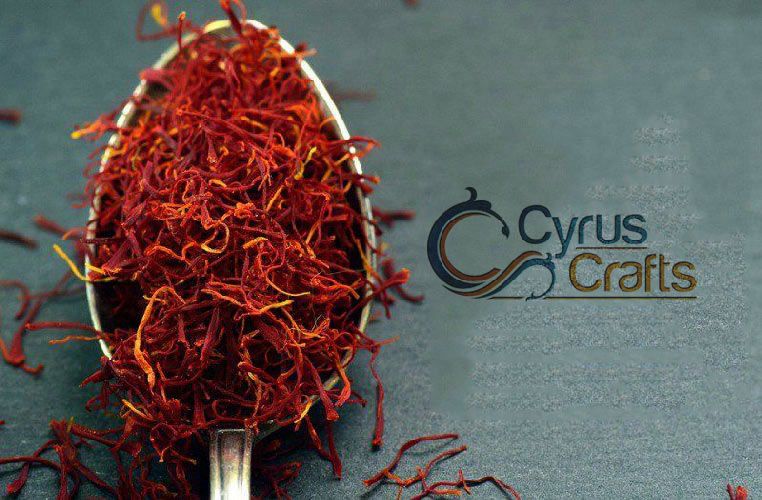
Saffron Benefits for Health
As said before, Saffron is an Iranian plant with a unique and distinctive flavor, aroma, color, and amazing properties discussed below. The useful part of real Saffron is its red strand (stigma), which contains minerals, mucilage, and fat.
The benefits of Saffron can improve the prevention and treatment of various diseases, including reducing cholesterol and fat. It is also an antispasmodic, sedative, appetizing, memory enhancer, and aids in the prevention of cancer and heart disease, as well as the reduction of blood pressure.
It also can treat stomach aches, anemia, eye diseases, asthma, jaundice, skin diseases, premenstrual syndrome, bloating and digestion issues, urinary tract infections, and gum pains.
The saffron powder can be added to your meals or drinks to treat and prevent depression. According to research and experiments, this plant has exhilarating and anti-depressant properties if you want to smile more. You can achieve peace of mind by drinking saffron tea daily!
This expensive spice can also improve concentration and prevent Alzheimer's disease. As well as calming your nerves, saffron tea prevents cholesterol from accumulating in your arteries, lowering your risk of heart disease. This red gold can help improve genetic eye diseases if consumed properly in your diet.
Interestingly, The Saffron plant contains vitamin C, which helps strengthen the immune system against diseases and microbial and viral agents. Vitamin C aids in producing collagen, wound-healing cells and tissue, blood vessel repair, and muscle growth.
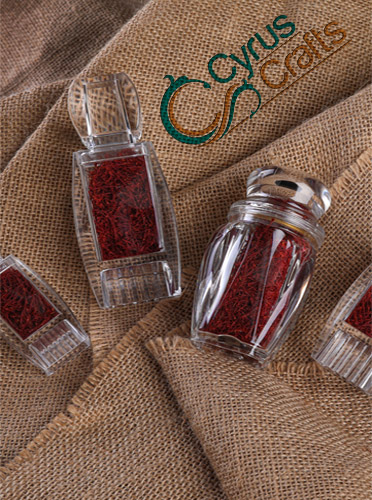
The Grading and Quality of Saffron
Various factors like length, color, and the wonderful smell of the saffron stigmas decide its grade and quality. The price of saffron depends on these factors. The top-grade saffron, called "Super Negin Saffron" and "Sargol," consists only of deep red stigmas without any yellow or white parts. It's expensive because of its pure quality and strong flavor, providing a delightful experience.
On the other hand, the more basic types, "Pushal" and "Bunch," have some yellow and white parts, making them less valuable on the saffron scale.
Nutritional Value of Saffron
The nutritional values of "Saffron" per 100 grams are:
| INFORMATION | AMOUNT |
|---|---|
| Protein | 11.4g |
| Fat | 0.4g |
| Carbohydrate | 65.4g |
| Calcium | 111mg |
| Iron | 11.1mg |
| Potassium | 1724mg |
How to Consume Saffron?
Saffron, also called Kesar, Zaafran, or Jafron, has various properties, including the ability to color due to crocin. When the crocin in Saffron is removed, it gives the most color to the food. Iranians typically brew Saffron in a variety of ways for this purpose. Before brewing, they crush saffron strings and a little sugar in a small container known as a mortar and pestle (a small cup or bowl can also be used instead). Sugar aids in the pulverization of Saffron and the release of its coloring substances, allowing it to dissolve in water.
After thoroughly pulverizing the Saffron and making some saffron powder, combine the required amount in a glass with hot water and let it rest for 10 to 15 minutes to allow the saffron color, aroma, and flavor to emerge. Some people, however, use other methods for coloring and using Saffron, such as placing small pieces of ice on the saffron powder and waiting for it to melt instead of hot water.
High-quality, pure premium Saffron takes a few minutes to color the food, so if your Saffron does so right away, it is of low quality.
Iranian Saffron is used in a variety of Iranian dishes, including Zereshk Polow, tahchin, saffron chicken, and grilled chicken, as well as confections and desserts like halva, Sholezard (a saffron rice pudding dessert), traditional ice cream, Masqati, Sohan, Baklava, etc. It can also be used to make various hot and cold drinks.
Saffron in Iranian Drink, Pastry & Food
Iranian cuisine is known for its rich flavors, especially with the starring role of saffron. This precious spice is skillfully used in Iranian pastries and dishes to create visually appealing and tasty masterpieces.
In savory dishes like "Tahchin" and "Zereshk Polo," saffron takes the lead. These signature Iranian rice dishes combine saffron-infused rice with chicken, barberries, and spices. The infusion of saffron gives the rice a beautiful golden color, making these dishes a treat for both the eyes and the taste buds.
Additionally, saffron is also used to make saffron tea, adding its unique touch to this popular beverage.
The combination of Saffron with Nuts and Honey
In the world of Iranian food, saffron and nuts team up to create delightful flavors. The flowery touch of saffron blends smoothly with the hearty taste of various nuts, making a delicious combination. In Iranian cuisine, you can find them together in dishes like "Sholeh Zard," a tasty rice pudding with saffron and a mix of nuts on top.
Moving beyond desserts, saffron and nuts also make appearances in savory dishes. A beloved Persian stew called "Khoresht-e Fesenjan" mixes ground pistachios, pomegranate molasses, and saffron, creating a rich and intricate flavor that pairs perfectly with meats like chicken or duck.
Another wonderful combination is saffron and honey. The intense floral scent of saffron blends well with the natural sweetness of honey, creating a unique and indulgent taste. This combo is used in desserts like saffron honey cakes or drizzled over baklava, a traditional Middle Eastern pastry.
You can also enjoy saffron infused honey in drinks. A simple cup of saffron and honey tea offers a comforting and aromatic experience, bringing relaxation to both the body and mind. The gentle warmth of saffron combined with the sweetness of honey makes a soothing elixir for moments of calm and reflection.
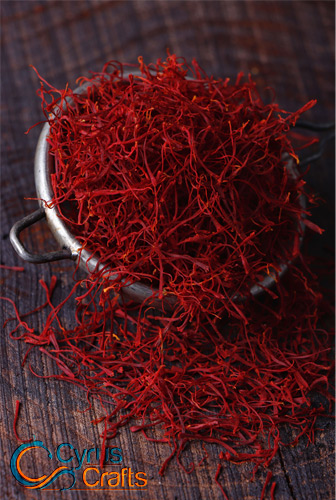
Last Words About Iranian Saffron for Retail and Wholesale
Hopefully, you have learned enough about "Saffron," a fragrant, tasty, high-quality Iranian spice/ingredient. This article was written so that you can get a grasp on Iranian treats, snacks, and customs. Saffron and other Iranian products have been produced and exported to other countries, including The Middle East, Europe, Canada, and the United States, for several years. Still, we intend to contribute to their production and export by utilizing CyrusCrafts' capabilities and knowledge.
The sale of Saffron in The Middele East, Canada and the United States at the best price is done by the CyrusCrafts. Our Company will provide you with premium saffron in retail and wholesale as part of its specialized activity in preparing, selling, and exporting so that you can have a wonderful and one-of-a-kind taste and serve your guests uniquely and differently.


